Differences in pruning clematis in spring and autumn
The novice summer resident planted a flower bed of extraordinary beauty, enjoyed the bright flowering all summer, but when clematis pruning was required for the winter, the novice florist did not immediately understand how to do this work correctly. If you leave everything as it is, the flower will not develop a root system and next season you will no longer enjoy a wonderful flowering. The flower bed will look like it has been sown with weeds. If you cut all plants the same way, some species may not bloom at all the next year. Pruning must be done correctly, only then the flower bed will be covered with multi-colored lush decoration every year.
Types of clematis pruning
In order for a flower garden to please the eye with its beauty, the gardener needs to work hard. You have planted good expensive flowers, but if you don't take proper care of clematis, the flower garden will look abandoned. Like all plants, flowers need to be watered and fed, but it also requires proper pruning. All summer you need to monitor your green pets, remove sick, broken and dried shoots in time. Formative pruning will help to create beautifully shaped bushes.
When you just planted a bush, you need to immediately cut off all of its shoots. Each branch should have no more than 3 lower buds. After half a month, see how your clematis grow. Most likely, they are already stretched out and want to release new shoots. Repeat the process to build up the bush and grow strong.
If you want to grow a beautiful lush bush, let the plant develop well for the first year. Young clematis will not bloom violently, but single buds may appear on them. It takes a lot of effort for the shoots to open the huge flowers, but so far neither the root system nor the aboveground part has fully formed. Cut off all nascent flower buds, this year there will be only greenery in the flower bed, but the bush will develop well and next season it will be covered with colorful inflorescences. Plants of different groups will need different types of pruning for the next summer.
Variety of exotic flowers
If the plant survives the winter well, it will release many shoots, each of which will bloom huge flowers. If you bought a summer cottage with a flower bed, where perennial plants have already been planted, you need to figure out what varieties grow there. Bushes can be about 1 m high, or they can be climbing species that can be used to decorate walls, fences, and create green arbors.
Take a closer look at the new plantings - the method of care and correct pruning of clematis in the fall depends on how correctly you determine their type. The most unpretentious varieties bloom in early spring, you go out into the garden and see that the earth is covered with an expensive carpet with exotic colors on a green background. Then the buds of the varieties blooming in the summer are released, and after that the autumn species.
Plants differ in size. Small bushes will decorate the flowerbed, they will look good near the porch or under the window of a country house. Long vines can be used to close old buildings, ugly fences, or create green sculptures. When they are covered with huge flowers, up to 20 cm in diameter, it will look as if a flock of giant colorful butterflies sat down to rest on your site.
If you want the flower garden to constantly delight the eye with chic decoration, plant different varieties of clematis. You only need to cut the shoots in time, and the flower bed will be constantly covered with flowers.Some species feel great not only in the open field, but also on the windowsill. If you want to have such beauty at home, you can choose, for example, Clematis Perida - a group of such varieties feels good both in the flower bed and in the room.
Each variety requires a different approach
Autumn has come, the flower beds need to be prepared for wintering. Just cutting off clematis means ruining all summer labor and not seeing lush flowering next season. The work must be divided into groups of plants and cut according to their requirements. In order not to confuse anything, it is better to mark the bushes already when planting. For example, prepare mulch for clematis of one pruning group from sand, another from pebbles, and the third from sawdust.
Fine-grained clematis are considered the most unpretentious. They bloom on old stems in early spring.
With the first warmth, you will enjoy lush bloom if the following types of flowers grow in the garden:
- Montana;
- Armandi;
- Alpina;
- Macropetal.
Other clematis blooms in both spring and summer. The peculiarity of this group is that after the first flowering, with proper care, they will release flower buds again and you will enjoy the view of a bright flower garden until autumn. The buds develop only on the shoots of the last season. If you overdo it with pruning, you can cut off all the buds and observe only lush greens in summer.
With proper care, the flower bed will delight the eye from July to September. For this to happen, you need to plant varieties:
- Lanugenose;
- Florida;
- Patens;
- Varshavska Nike.
The third group releases flowers on the shoots of this season. In spring and June, a green crown will develop, and you will see beautiful flowers from mid-summer until frost. If you want to arrange a flower garden in this style, plant clematis of the following varieties:
- Zhakman;
- Texensis;
- The president;
- Viticelu.
How to cut a flower bed in the fall?
Before going to a flowerbed with a pruner, you need to determine which group the flowers belong to. If this is your first time growing clematis, keep the packaging after planting, it should contain all the necessary information. The varieties of the first group should be pruned in autumn to a height of no more than 1.5 m. Remove the shoots that did not have time to ripen during the season, and cover the plants for the winter so that they do not freeze from severe cold. In the summer, these flowers require formative pruning, since in the warm season, active growth of shoots will begin and they can fill the entire flower garden.
Advice
If herbaceous clematis grow in your area, cut off all the shoots to the base in the fall. The aboveground parts of these species cannot survive the Russian frosts and will die in winter anyway.
Plants of the second group in the first year, cut to a height of about 30 cm and cover. In the next season, after the first flowering, cut off all the faded shoots along with the seedlings. In this way, you stimulate the second wave of bud emergence. If you forget to trim, the shoots may not release the second buds, and the flower garden will be naked. When the plants have faded, cut off the shoots about 1 m above the ground. Cover the root system carefully to survive the frosty winter, and wait for a new wave of rapid flowering.
The bushes of the second group bloom well for 5 years, then they begin to branch less, the base becomes bare. To rejuvenate the flower, prune it very tightly, leaving only a few shoots with few buds. Next summer, clematis may upset you: the bushes will be rare, the buds will be released a little. But in two years, the splendor will be restored, and the flowering will be stormy.
Plants of the 3rd group are trimmed after flowering. Cut the shoots at a height of 20 to 50 cm so that 2-3 pairs of buds remain on each stem. Warm the flowers, in July they will delight you with new buds. If you want to keep flowering as long as possible, shorten the long stems in summer.A haircut will lead to the fact that the buds will be tied later and you will be able to admire the beautiful flowers until late autumn.
Advice
When the autumn pruning is over, treat the root collar of clematis of all groups with Bordeaux liquid. This preventive measure will protect plants from disease.
Why prune clematis?
Clematis is a southern plant that came to us from countries with a tropical climate. Breeders develop varieties adapted to the northern regions, but the owners also have to do their bit.
- From severe frosts, you need to cover the shoots with any insulating material. But remember that without ventilation, the flower will not survive, do not wrap it in an airtight film.
- Tall bushes after cutting can be tied with spruce branches.
- In frosty weather, sprinkle the shoots with snow, and they will survive the cold winter, and in the summer they will give you beautiful flowers.
- To prevent the flower from "suffocating", make a small box out of bricks or boards and close it with a lid. The sprouts will be in a kind of house. Cover the sides and top with insulating material, in winter cover the structure with a thick layer of snow.
Florists sometimes have a complaint about clematis: they fade very quickly, and there is no way to admire such beauty all season. The problem is not difficult to solve. Plant varieties of different groups in the flower garden, and they will release buds from spring to autumn.
There is another method to extend the flowering period. Shorten the strongest stems slightly in summer. After such an operation, they will release the buds later. First, uncircumcised shoots will delight you with bright inflorescences, then the turn will come to bloom for the rest of the branches.
It is better for beginner growers to plant the plants of the 3rd group on the site in the first season. For example, you can choose an unusually beautiful variety of clematis President or Zhakman. Pruning these flowers is not a big deal and can be done in autumn and early spring.
Decide immediately what kind of flower bed you want. If you leave a lot of buds on each shoot, a lot of buds will bloom, but the flowers will be small. If you cut the stems almost to the root, fewer shoots are formed, but the flowers will be very large. Having learned the different ways of haircuts, you can plant more capricious types.
Advice
If you want your summer cottage to look attractive in winter, remove the leaves from all clematis. They do not fall off in autumn - sloppy faded rags will peek out from under the snow.
Sometimes it can be difficult to identify a group of clematis. If you take sprouts from friends, ask how they care for their plants. Do not buy planting material in the market or in a store that sells everything. Go to a specialized shopping center, they sell goods at a higher price, but a detailed description is attached to each type. If something turns out to be incomprehensible, contact the consultant manager; in large flower shops, specialists have all the necessary information.
Do not give up growing beautiful flowers in your garden just because you are afraid to cut them incorrectly. The first experiment may not work well, but if you don’t chop the entire root to pieces, the plant will not die. Remember how gentle and thermophilic southern clematis is - it needs careful preparation for winter. If the root system and shoots do not freeze, at least a few flowers will hatch in the summer anyway. Pay attention to how and when your pets bloom: if there are few buds, you may have incorrectly identified the group of plants. Every year, the work will turn out better, the bushes will become more luxuriant, and the flowering will be brighter and more durable.
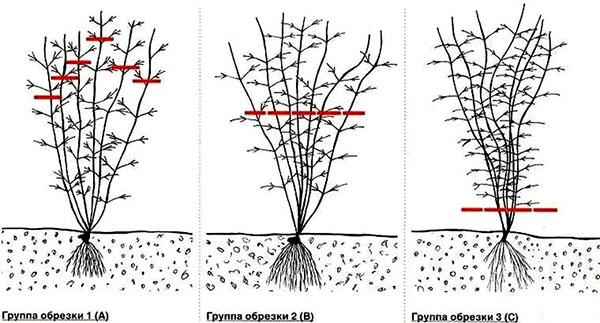

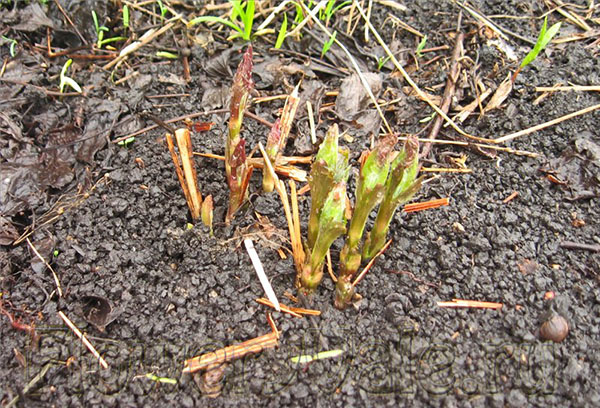
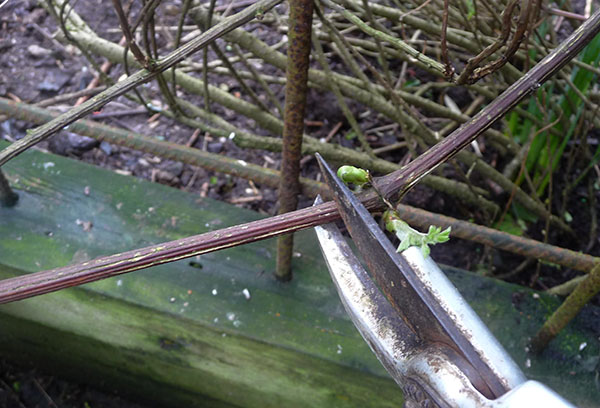
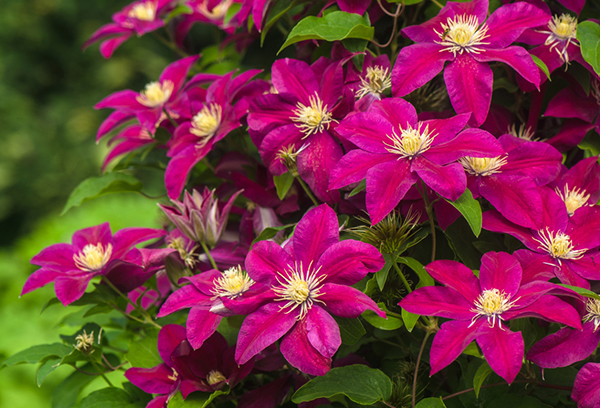
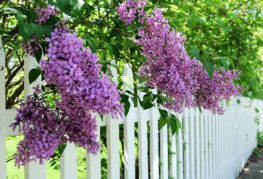
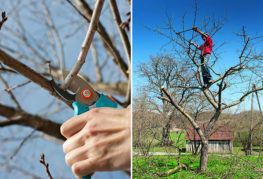
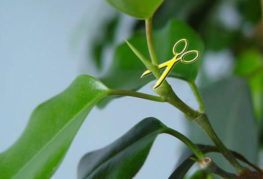

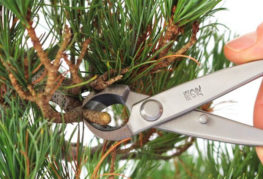
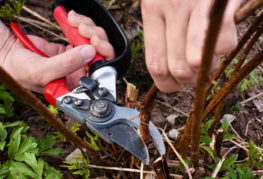
and will be published shortly.